Stan Hesketh
Well-Known Member
Hi
Sorry it has been ages since I posted, following health problems but fit again. We now live on our inland waterways boat and have lots of photo opportunities. For convenience and no other reason, I have finally switched to digital photography and have an EOS outfit with which I am very pleased (sill got an EOS 35mm body though )
)
My current photography is part of the experience, rather than photography for its own sake, so would there be any benefit for me using RAW format? Would images take longer to edit, bearing in mind that I only have a laptop? I have a lot of storage space.
Many thanks.
Sorry it has been ages since I posted, following health problems but fit again. We now live on our inland waterways boat and have lots of photo opportunities. For convenience and no other reason, I have finally switched to digital photography and have an EOS outfit with which I am very pleased (sill got an EOS 35mm body though
My current photography is part of the experience, rather than photography for its own sake, so would there be any benefit for me using RAW format? Would images take longer to edit, bearing in mind that I only have a laptop? I have a lot of storage space.
Many thanks.
